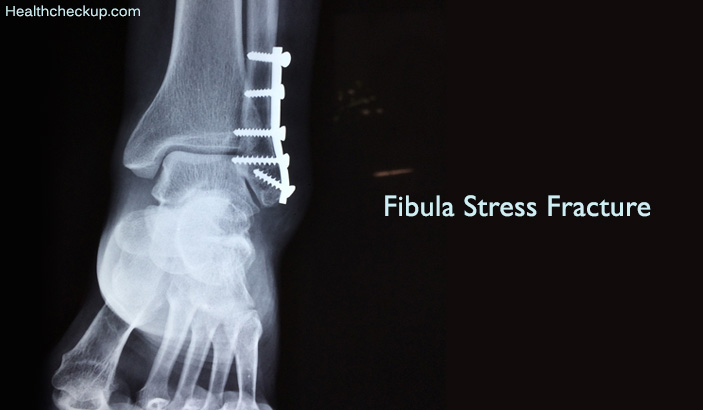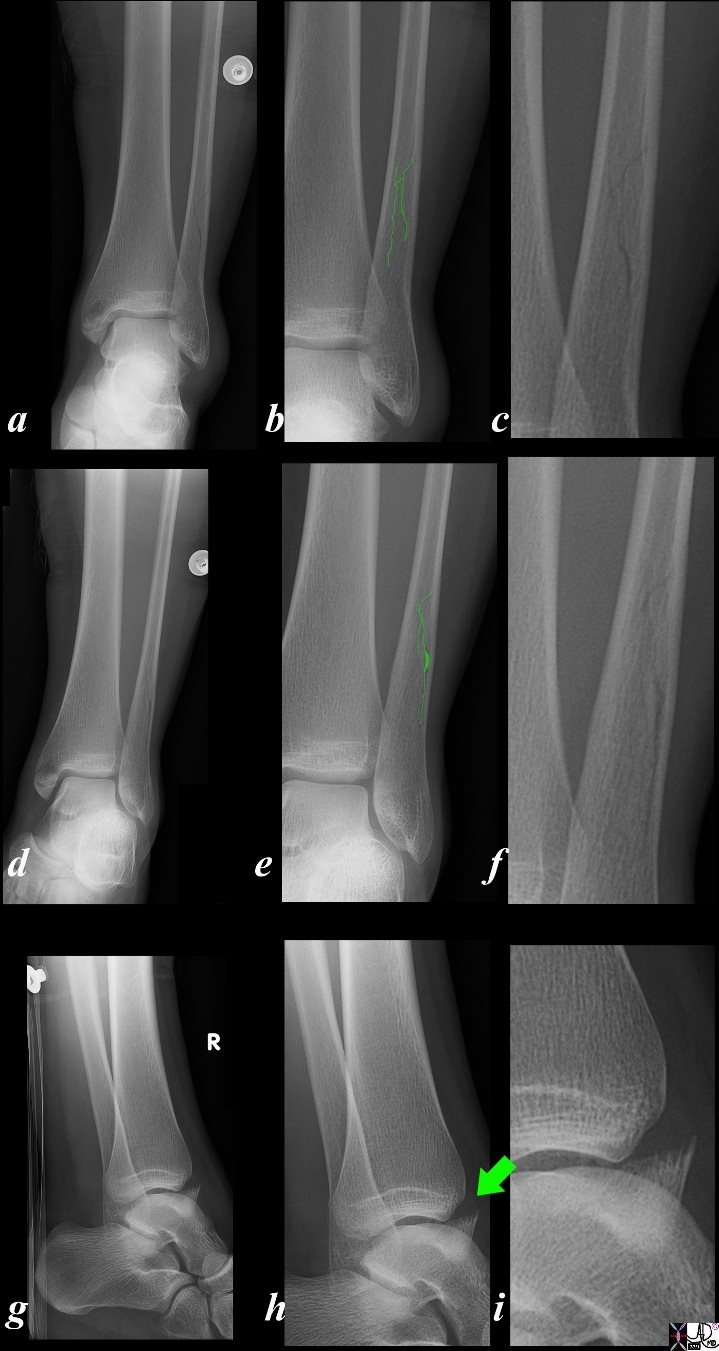


Surgery may also be required if the injury is more complex and involves the tibia, ankle, or other muscles and ligaments. If symptoms worsen or do not improve after a couple of weeks, surgery may be an appropriate course of action. There are some rare instances when patients with a broken fibula will be able to stand right away, but most doctors will ask their patients to wait six weeks before bearing weight. Non-weight bearing regimen: As with many foot, ankle and lower leg injuries, doctors often recommend a period of non-weight bearing activity during which no weight can be put on the injured leg or foot. Once swelling subsides, your doctor may consider additional treatments.īrace or walking boot: Your doctor may recommend both a brace and walking boot to restrain the injured leg and allow it to heal. A splint can be tightened or loosened, which is helpful when you need to accommodate swelling. Splint: Your doctor may suggest putting a splint on the lower leg to provide comfort and support. Your doctor may recommend that you walk with crutches, use a knee scooter, or other crutch alternative such as iWALK hands-free crutch, which facilitates mobility while adhering to orders not to weight the affected leg. This simple regiment can help to completely heal some minor fibula stress fractures. It’s a method of reducing pain and inflammation and requires that the injured person stop putting weight on the affected extremity, ice it, wrap it and keep it elevated. RICE is an acronym that stands for Rest, Ice, Compression and Elevation. Non-Surgical MethodsTreatments for a Fibula Fracture Isolated fibula fractures usually heal quickly and do not require surgery, especially if the break occurs in the upper half of the bone. The treatment of a fractured fibula depends on the injury’s severity and whether additional injuries have also occurred. Stress fractures can affect long-distance runners and usually worsen with increasing activity. Recovery can take six weeks or more. Also known as a tib fib fracture, the injury is usually caused by severe trauma resulting from car crashes, sports injuries or falls. Recovery can take three to six months.įibula stress fracture: A fibula stress fracture is common among athletes and results from repeated stress to the fibula bone of the lower leg. Tibia fibula fractures: A tibia fibula fracture is when both of the long bones in the lower leg are broken. Surgery is typically the best course of action, and recovery takes at least six weeks. In other words, it’s when both sides of the ankle are broken at the same time. Recovery usually takes at least six weeks.īimalleolar ankle fracture: The bimalleolar ankle fracture occurs in both the inside and outside malleoli at the lower end of the fibula and tibia bones of the lower leg. The lateral malleolus is the name given to the outside of the ankle joint, which is at the lower end of the fibula.

Lateral malleolus fracture: The most common type of ankle break, the lateral malleolus fracture occurs when the ankle is twisted or awkwardly rolled. Displaced fractures-when the bone becomes misaligned-are very rare in fibula fractures. The fracture may occur anywhere along the bone between the knee and ankle.
#Fracture fibula pro#
In fact, he recovered and was voted to the Pro Bowl the following season.įibula fractures can either be complete, when the break goes through the whole bone, or incomplete, when the break goes only part-way through the bone. The injury required surgery and ended his hunt for both MVP and a Superbowl appearance, but didn’t end his career. A prominent example occurred during a Christmas Eve NFL football game when Oakland Raiders (now Las Vegas Raiders) quarterback Derek Carr suffered a devastating broken fibula. While fibula fractures don’t get the same high-profile attention as tibia or femur fractures, they occasionally make front page news. The fibula only supports between 14 and 17 percent of the body’s weight, while the larger tibia supports the majority. Because of this big job, and the inherent forces placed on the bone by so many muscles, fibula stress fractures are common. The fibula primary functions as a point of attachment for many muscles in the lower leg, and as a support to the larger tibia. The fibula is vulnerable to breaks because of its size. It’s sometimes called the calf bone and sits slightly behind and to the outside of the tibia. The fibula is one of the four longest bones in the body and the smaller of the two leg bones extending between the knee and ankle. Find a Dealer/Distributor (USA & Canada).


 0 kommentar(er)
0 kommentar(er)
